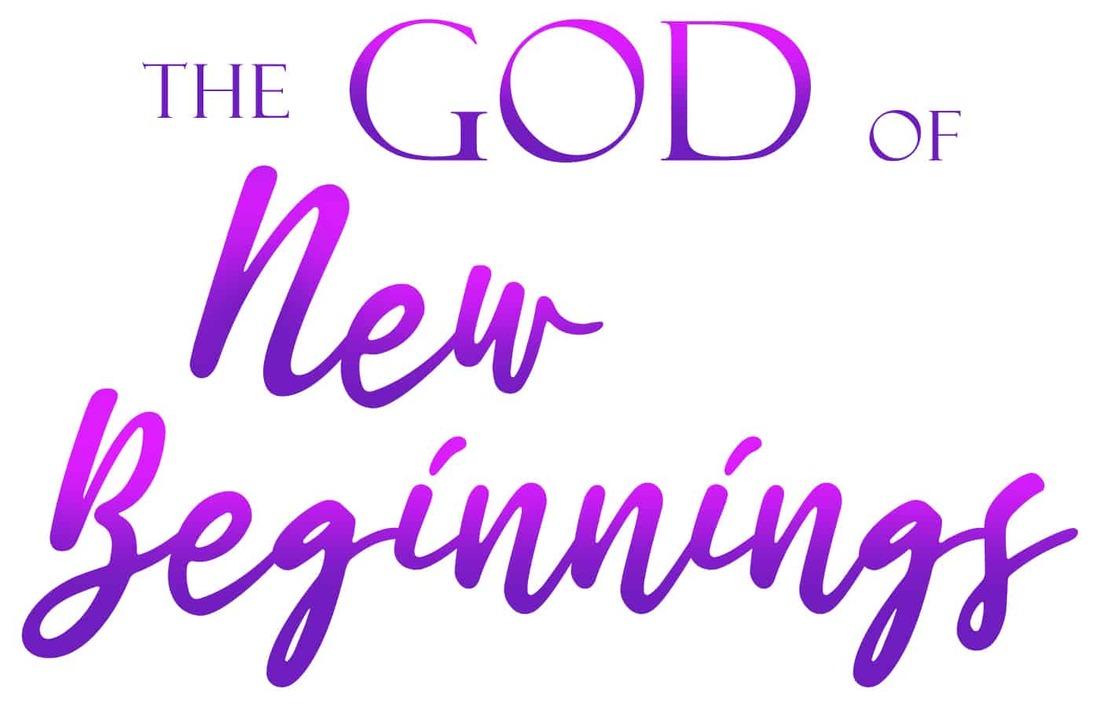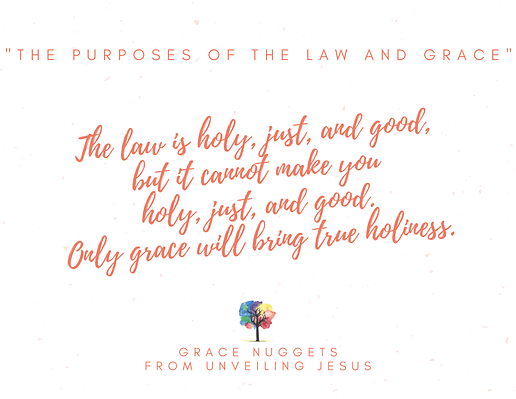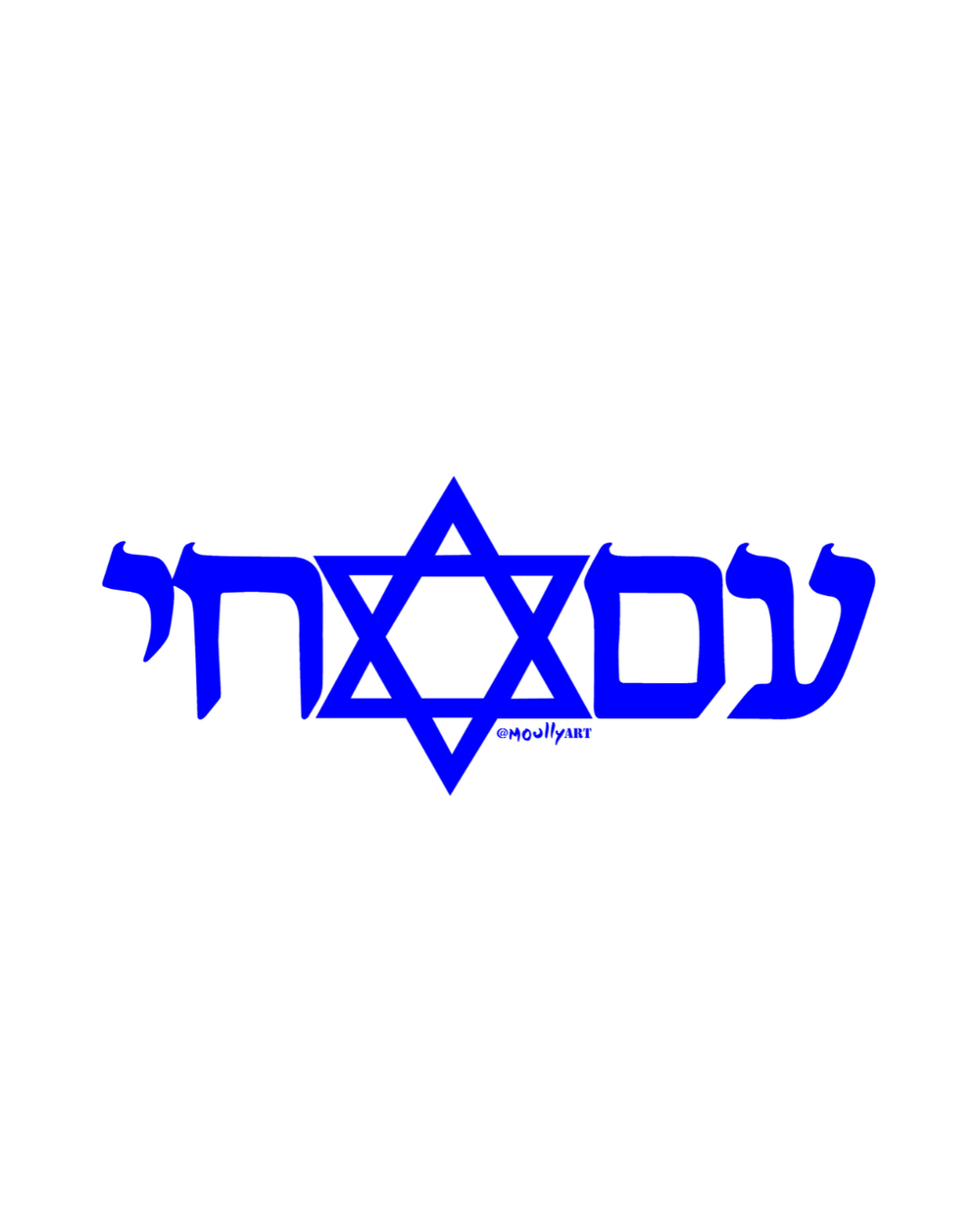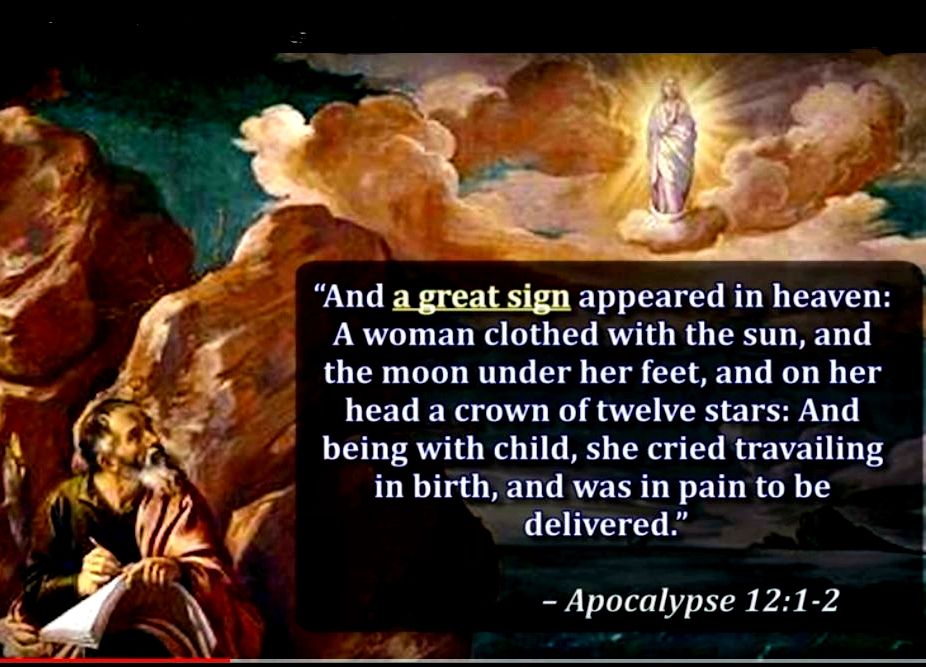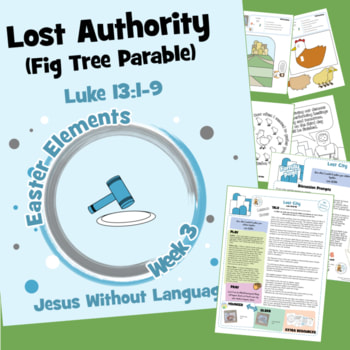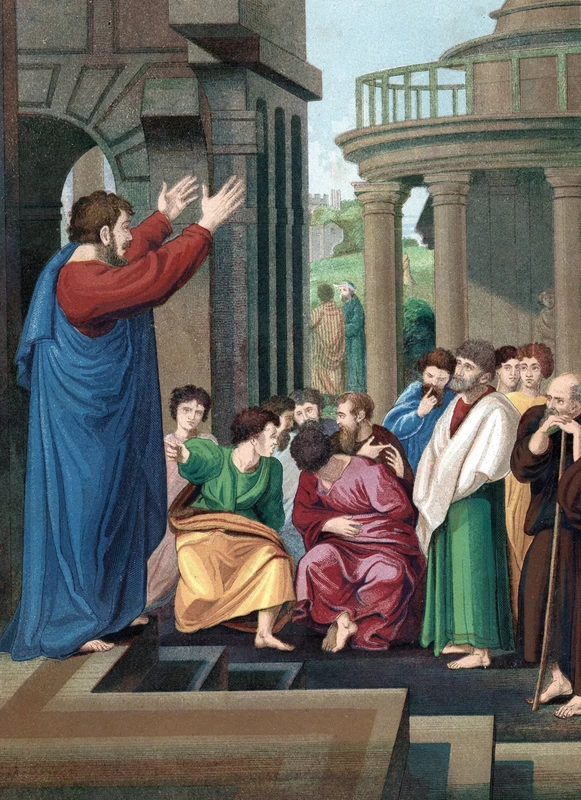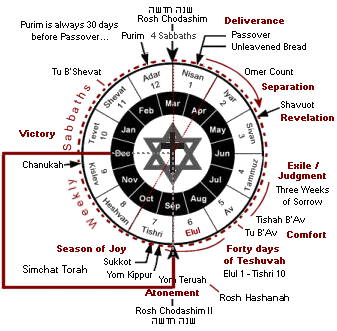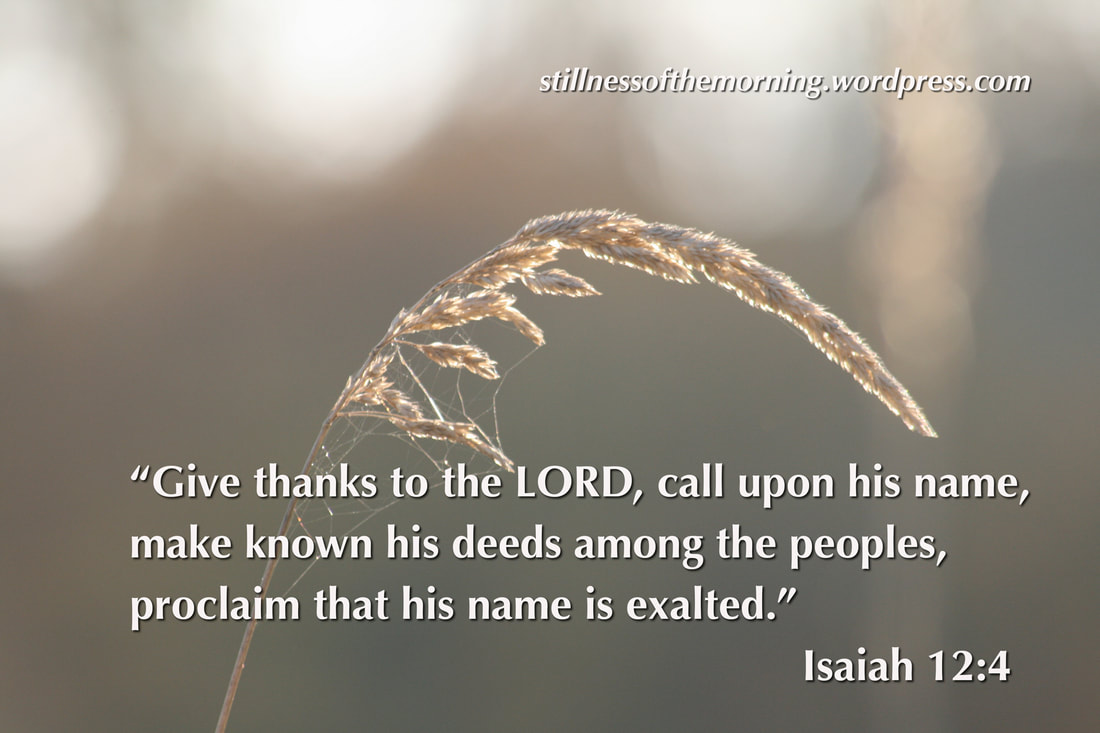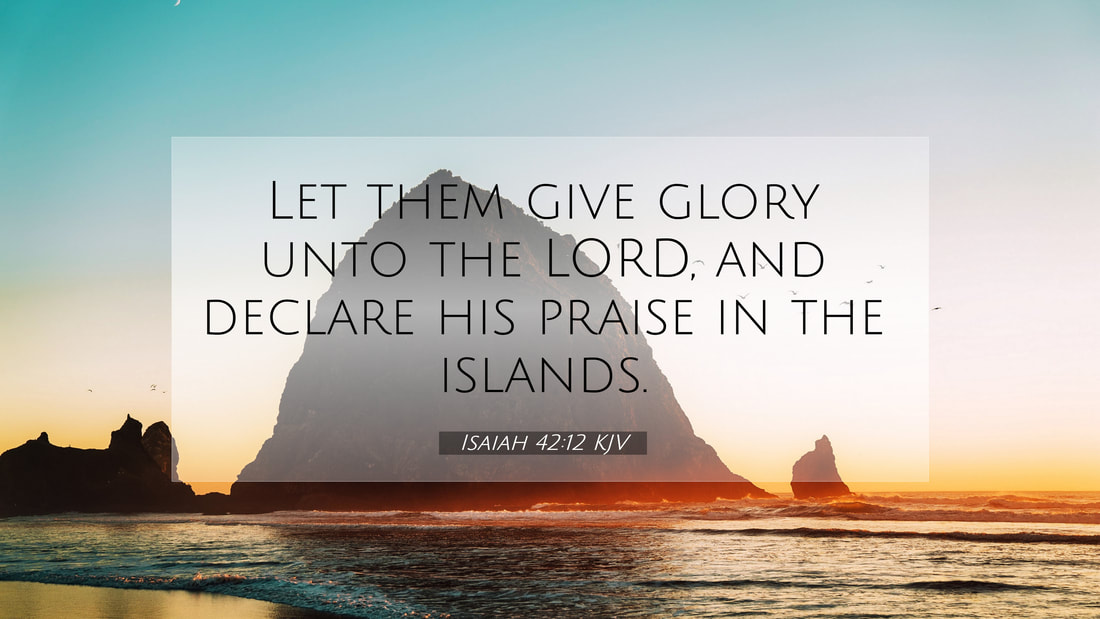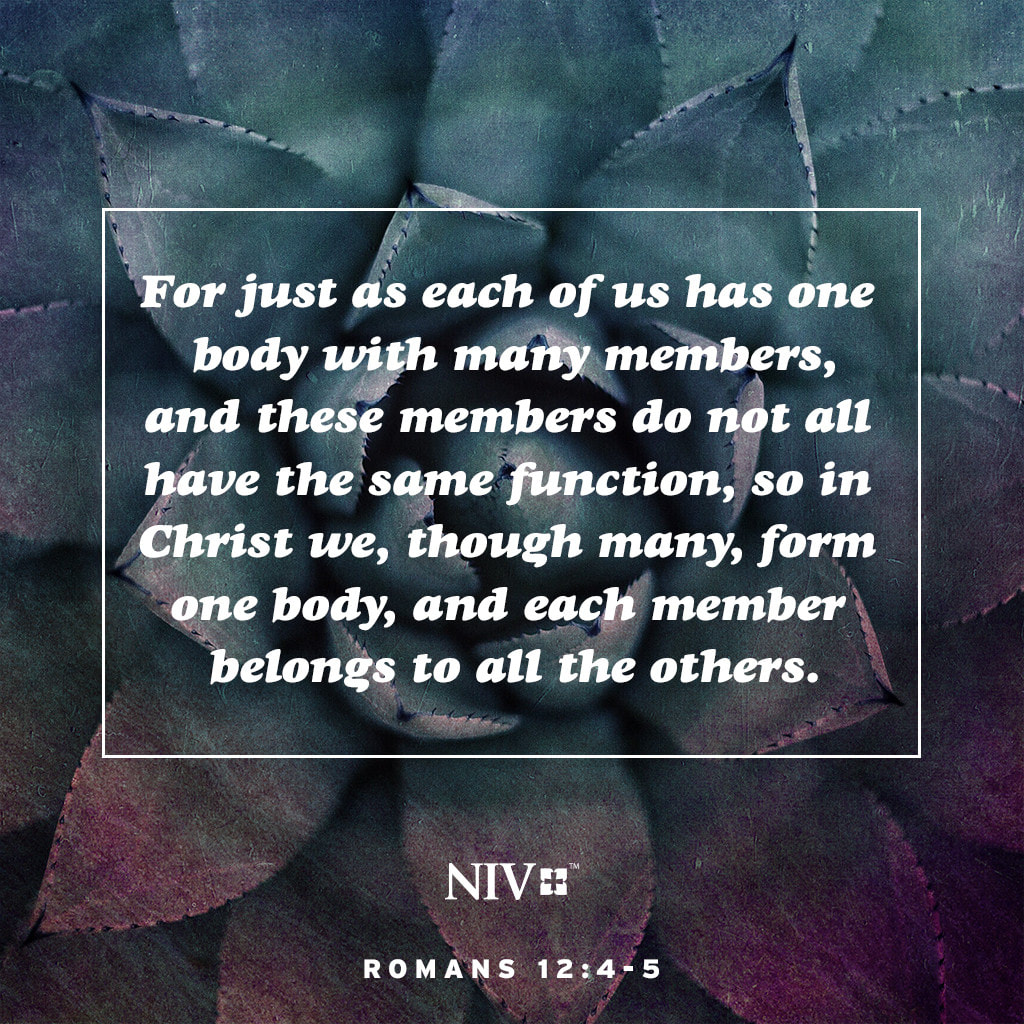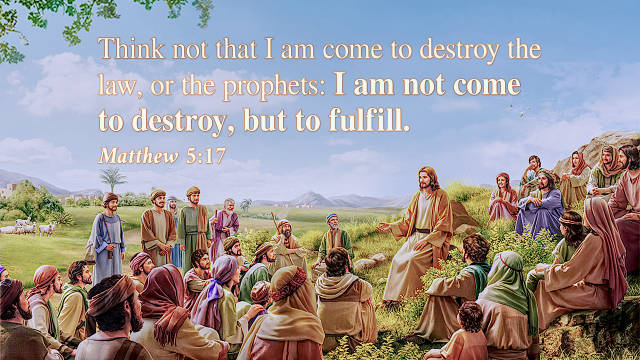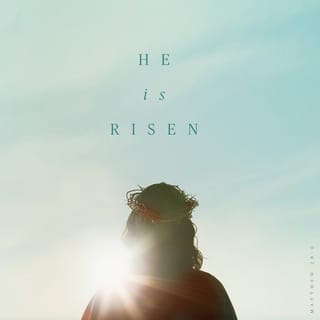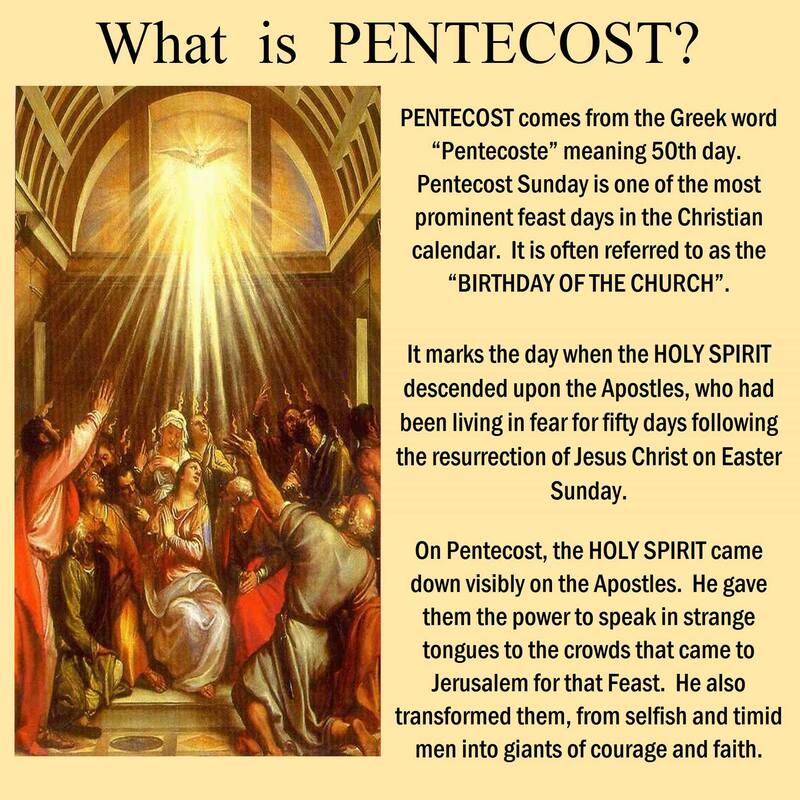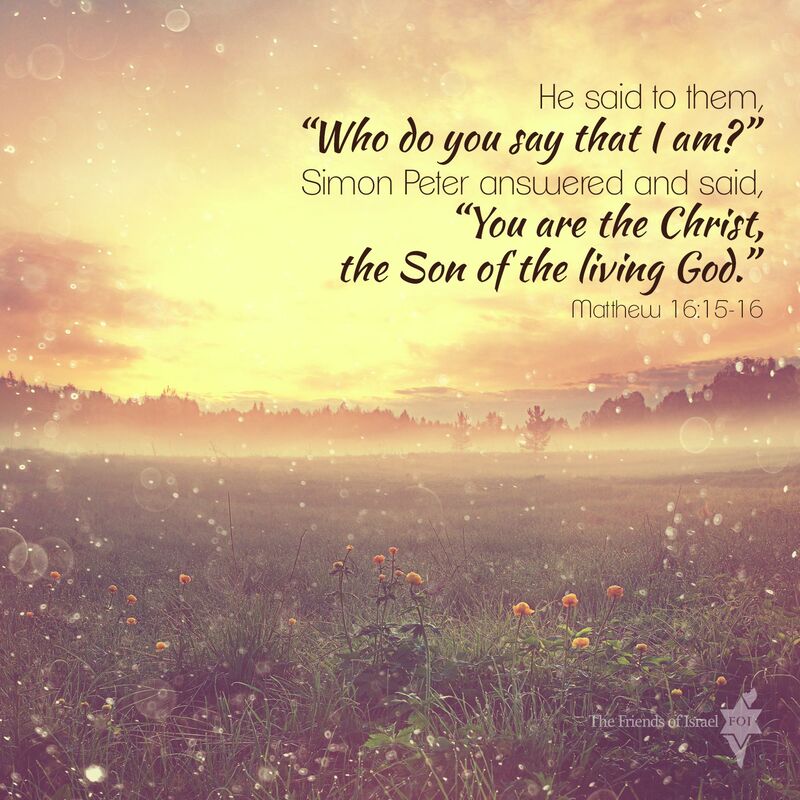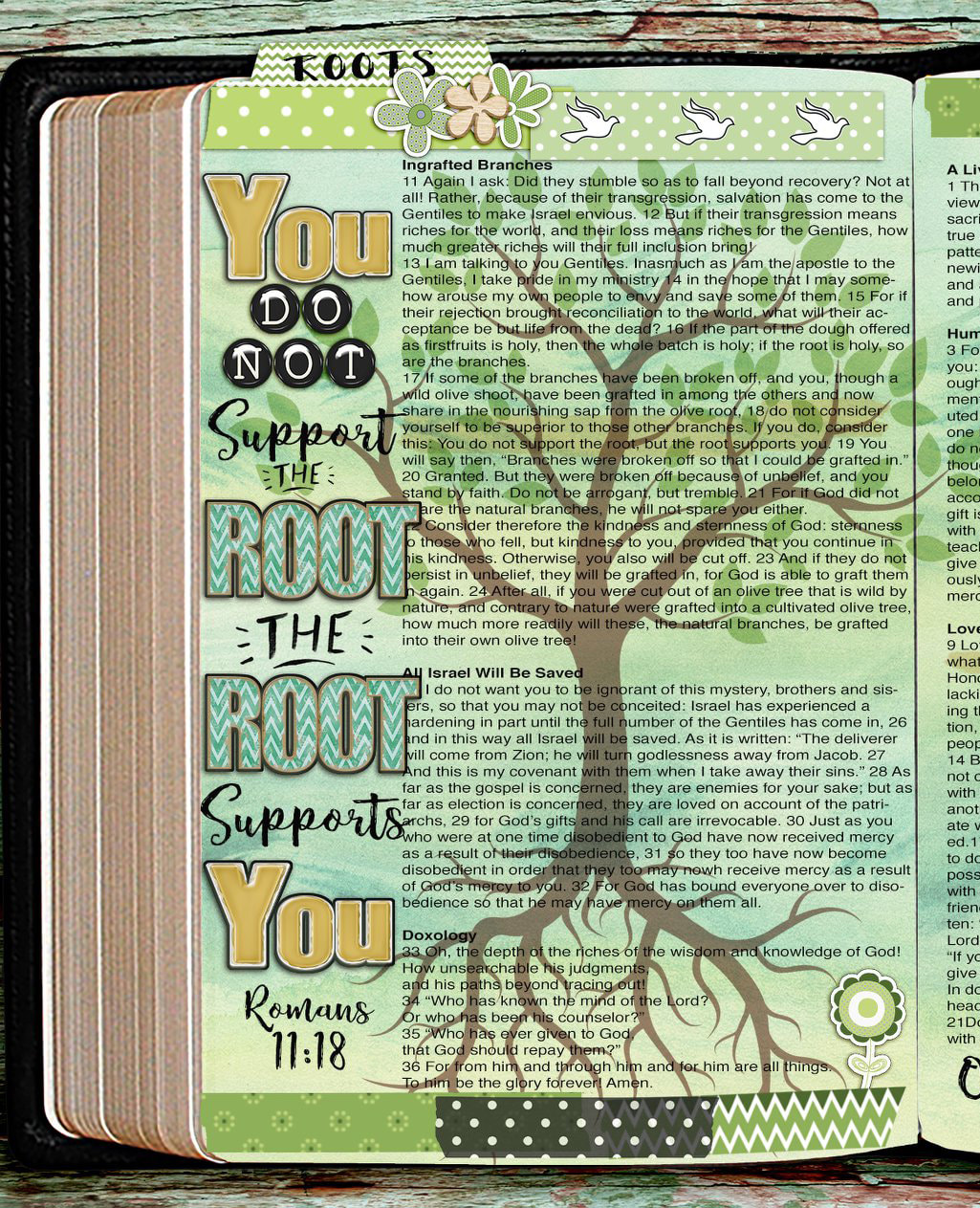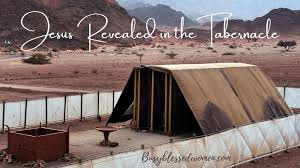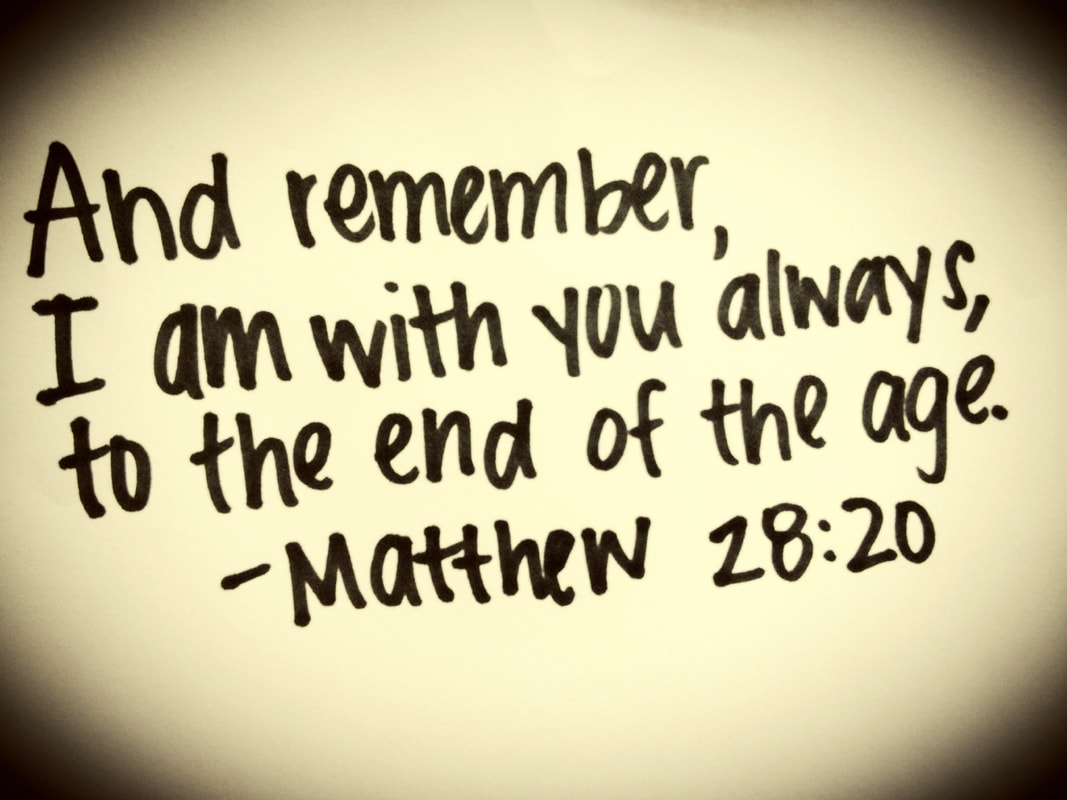The "harmony" of the Gospels
is the agreement of the four biblical Gospels.
The four New Testament Gospels are like the singers in a four-part choir.
They each have their distinct parts to sing, yet the parts combine to make a beautiful composition.
Each of the four Gospels gives testimony of Jesus from a slightly different perspective, but they all tell the same story. Thus, they are all in harmony with one another. There are also books that align the Gospel accounts chronologically which are called harmonies of the Gospels, and some Bibles have a reference section doing the same thing that is referred to as a harmony of the Gospels.
Matthew, Mark, and Luke are called the "synoptic" gospels, because they give a synopsis of most of the same events from the life of Jesus. John stands on its own, filling in gaps that the others leave out. Each one of these Gospels was written for a different audience and emphasizes different things about Jesus.
The Gospel of Matthew was written primarily for the Jews and emphasized how Jesus fulfilled the prophecies of a kingly Messiah. Mark was written primarily for Roman or Gentile Christians, so it includes few Old Testament prophecies and explains many Jewish words and customs. Jesus is portrayed in Mark as the Divine Servant. Luke was also written primarily for Gentile believers, as it also explains Jewish customs and uses Greek names. Luke set out to write an orderly narrative of the life of Jesus and presented Jesus as the Son of Man, emphasizing His full humanity. John’s Gospel emphasizes Jesus as the Son of God and includes more of Jesus’ revelations about Himself than any of the other Gospels. It also gives a much more detailed picture of the events during Jesus’ last days.
Some people have attempted to discredit the Bible by pointing out the inconsistencies in the Gospel narratives. They point out differences in the order in which the events are presented or minor details within those events. When the four accounts are placed side by side, we see that they do not all follow the same strict chronology. Much of the narrative in the Gospels is arranged in a topical order, where an event brings to mind a similar thought. This is the way most of us carry on conversations every day. The differences in minor details like the angels at Christ’s tomb (Matthew 28:5; Mark 16:5; Luke 24:4; John 20:12) are also answered by allowing the text to speak. The differences are complementary, not contradictory. New information is added, but it does not take away from the veracity of the old information.
Like the rest of Scripture, the four Gospels are a beautiful testimony of God’s revelation to man.
Imagine a tax collector (Matthew), an untrained Jewish lad with a history as a quitter (Mark), a Roman doctor (Luke), and a Jewish fisherman (John) all writing harmonious testimonies about the events in the life of Jesus. There is no way, without the intervention of God, that they could have written these amazingly accurate accounts (2 Timothy 3:16).
The historical references, the prophetic references, and the personal details all work together to compose one very detailed, very accurate picture of Jesus—the Messiah, the King, the Servant, and the Son of God.
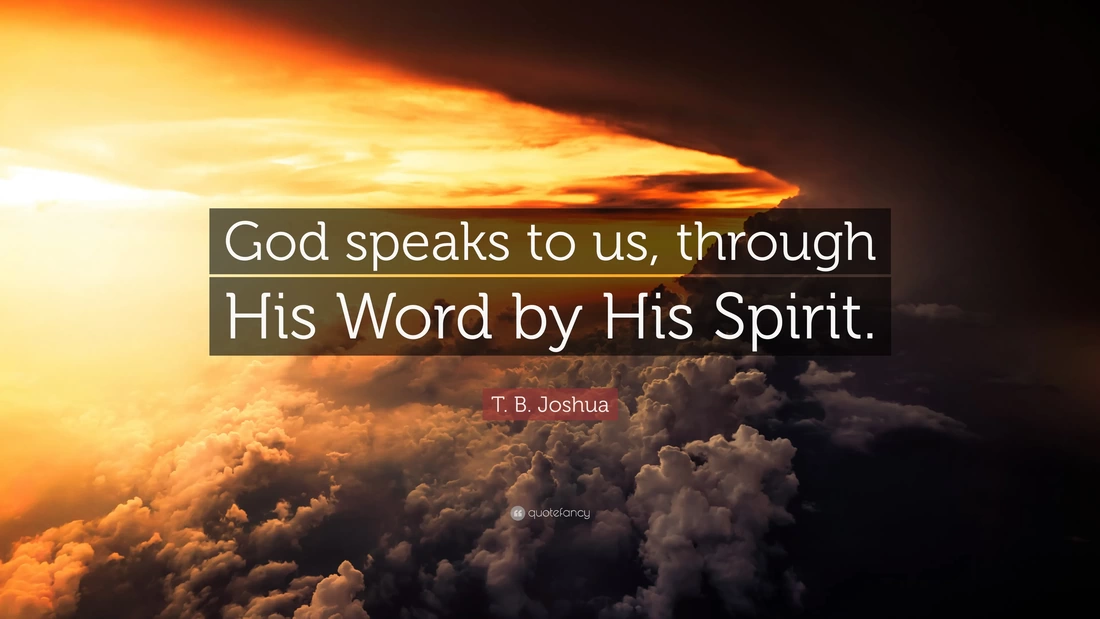

 RSS Feed
RSS Feed



